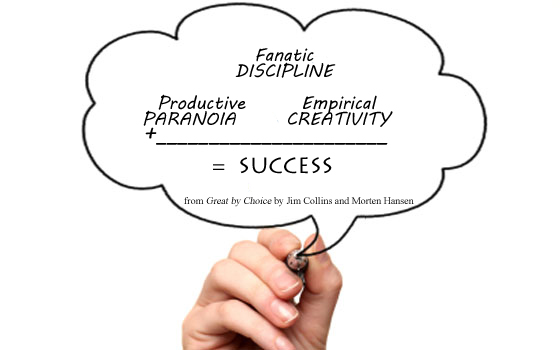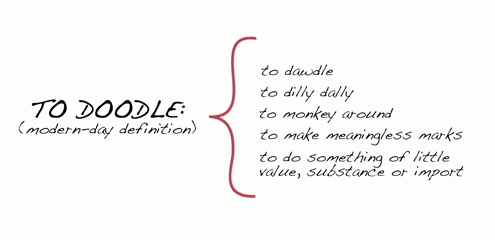 Lately it seems there is an abundance of books and articles advocating for one or the other. Jeffrey A. Harris, in his new book Transformative Entrepreneurs, advocates for innovation. He cites examples of Steve Jobs and Walt Disney and his findings are summarized in this recent Forbes article. Jim Collins on the other hand, in his latest book, Great by Choice, finds otherwise. In my January 22nd post “Laws of Success: The Answers May Surprise You”, I discuss Jim Collins’ findings, one of which is the companies in his most recent research are no more innovative than the comparison company. In fact, the companies he calls 10X take less risk than the comparison companies and Jim’s findings tell us is that first and foremost, the 10x companies are more disciplined.
Lately it seems there is an abundance of books and articles advocating for one or the other. Jeffrey A. Harris, in his new book Transformative Entrepreneurs, advocates for innovation. He cites examples of Steve Jobs and Walt Disney and his findings are summarized in this recent Forbes article. Jim Collins on the other hand, in his latest book, Great by Choice, finds otherwise. In my January 22nd post “Laws of Success: The Answers May Surprise You”, I discuss Jim Collins’ findings, one of which is the companies in his most recent research are no more innovative than the comparison company. In fact, the companies he calls 10X take less risk than the comparison companies and Jim’s findings tell us is that first and foremost, the 10x companies are more disciplined.
So, as a leadership coach, I am wondering which is it, innovation or discipline? Perhaps it is both. To thrive, all companies must innovate; the challenge is what you do next. Here are some questions to consider:
- Do you have a culture that inspires and reinforces innovation?
- Do you have a process for capturing new ideas and turning them into concepts that are then carried forward through a product development stage gate process, i.e. is there discipline around the innovation?
- How are innovations funded, are there dollars available to try out new ideas and allow for failure?

















 The initial results of my Pivot are excellent. I feel I have much greater clarity regarding the next 3-5 years..
The initial results of my Pivot are excellent. I feel I have much greater clarity regarding the next 3-5 years..  John Yerger
John Yerger